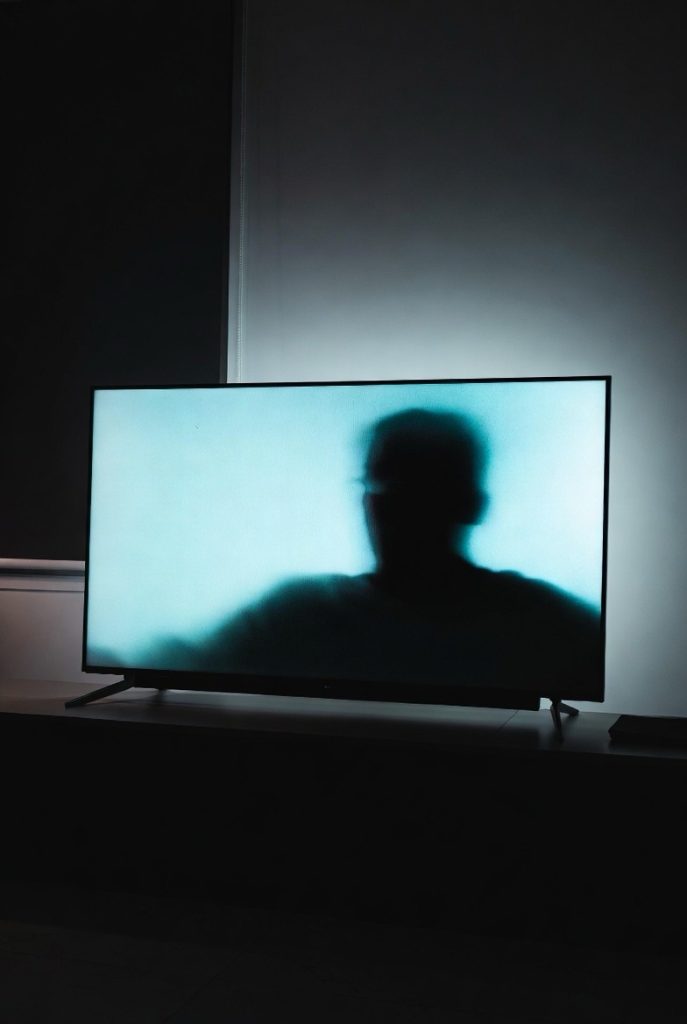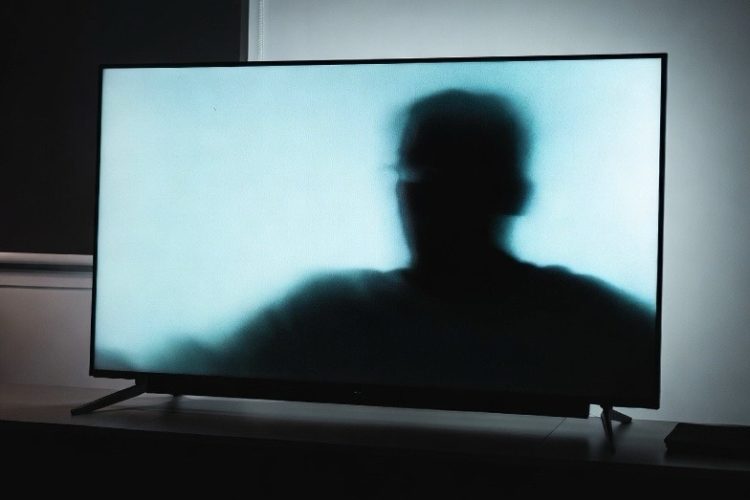Smart TVs spy on users through Automatic Content Recognition (ACR), which captures pixel and audio samples every few milliseconds to track viewing habits—even from HDMI inputs like gaming consoles or laptops. This builds detailed viewer profiles using IP addresses and demographics, sold to advertisers for targeted ads. Built-in microphones and cameras enable voice activation and facial recognition but risk eavesdropping; some emit ultrasonic beacons to link TV data with phones. Hackers exploit firmware flaws to remotely activate devices, even when “off.” Disable ACR (often labeled “Viewing Information Services” or “Smart Interactivity”), opt out of interest-based ads, cover cameras/mics, or disconnect from the internet. Use a VPN or Pi-hole to block tracking. Past scandals led to fines and stricter opt-in rules, but updates can re-enable spying. For max privacy, use a dumb display with external streaming devices. Stay vigilant—your living room isn’t as private as you think.
Long Version
The Hidden Surveillance in Your Living Room: How Smart TVs Spy on You
In an era where convenience often trumps caution, smart TVs have become ubiquitous household staples, seamlessly blending entertainment with connectivity. Yet, beneath their sleek interfaces lies a web of spying capabilities that raise profound privacy concerns. These devices, equipped with advanced surveillance features, engage in relentless data collection, tracking your every viewing habit to fuel targeted advertising and more insidious uses. From Automatic Content Recognition (ACR) silently monitoring your screen to built-in microphones and cameras capturing ambient conversations, the potential for snooping is alarmingly real. This article delves into the mechanics, risks, and remedies of smart TV surveillance, offering a complete guide to understanding and mitigating these threats.
Unmasking the Data Collection Machine
At the heart of smart TV spying is a sophisticated system designed for pervasive tracking. Automatic Content Recognition (ACR) stands out as a primary culprit, a technology that analyzes what appears on your screen in real-time. ACR works by capturing pixels sampling—snippets of video fingerprints and audio fingerprints—every few milliseconds, creating a digital signature of your content. This isn’t limited to streaming apps; it extends to anything displayed via HDMI, including personal videos, work presentations, or even banking sessions on a connected laptop. For instance, some TVs sample up to 100 times per second, while others operate at 500-millisecond intervals, compiling a detailed log of your viewing habits.
This data aggregation goes beyond mere statistics. It includes your IP address, demographic data, and even anonymized profiles that, when cross-referenced with other sources, can paint a vivid consumer profile. Manufacturers use this to profile users, enabling ad surveillance that tailors interest-based ads across devices. Viewing Information Services enhance this by matching your content fingerprints against vast databases, identifying not just what you watch but when and how long. The result? A viewer profile that’s monetized through data brokers and advertisers, turning your personal data into a commodity for targeted advertising and content recommendations.
Recent developments highlight how HDMI spying has become a focal point, where TVs monitor inputs from external devices like gaming consoles or Blu-ray players, capturing data even from non-smart sources. This expands the surveillance scope, making it harder to avoid tracking without disconnecting entirely.
The Role of Built-in Hardware in Everyday Snooping
Smart TVs aren’t passive screens; they’re equipped with hardware that amplifies their surveillance potential. Built-in microphones and built-in cameras, intended for voice commands, voice activation, gesture control, and facial recognition, can become tools for unintended eavesdropping. Even when features like “Enable Auto Notifications” or “Use Info” are toggled off, these data-harvesting sensors might remain active, capturing speech-to-text conversions or performing sentiment analysis on conversations in the room.
Consider this: many TVs emit ultrasonic beacons—inaudible sounds that your smartphone detects, linking your viewing habits to your mobile identity for cross-device profiling. Hackers exploiting firmware weaknesses can remotely activate these components, turning your TV into a covert listening device without illuminating the LED indicator. This isn’t hypothetical; real-world vulnerabilities allow unauthorized access, where a compromised TV could stream live feeds or record audio, all while appearing powered off. Federal agencies have issued warnings about these risks, emphasizing how unsecured TVs can serve as entry points for digital spying, potentially exposing users to cybercriminals who hijack cameras and microphones for remote surveillance.
Advanced Technologies Fueling the Surveillance Ecosystem
Diving deeper, technologies integrate ACR tracking to provide “enhanced” experiences, but at the cost of privacy. These systems collect data on everything from over-the-air broadcasts to streaming, building a comprehensive picture of your habits. Features such as ad tracking and profiling use this to serve hyper-personalized ads, often without explicit consent. Some TVs even employ sentiment analysis to gauge emotional responses to content, refining consumer profiles for advertisers.
The ecosystem extends to third-party integrations. Data brokers aggregate this information, selling it to advertisers who monetize data through precise targeting. Even “anonymized profiles” aren’t truly anonymous; combining them with IP addresses and demographic data often deanonymizes users. This creates a feedback loop where your smart TV’s snooping informs broader surveillance networks, including those tied to smart home devices. As AI integration advances, these capabilities grow, enabling more sophisticated analysis of viewer behavior and preferences.
The Dark Side: Hacking, Exploits, and Real-World Risks
The risks escalate when hacking enters the equation. Firmware weaknesses in smart TVs make them prime targets for malware. Classified documents have exposed government-developed tools that turn TVs into bugs capable of recording conversations and transmitting them to remote servers—even in “Fake-Off” mode. These tools bypass the TV’s off-state appearance, capturing audio via built-in microphones and sending it online.
Beyond government exploits, everyday hackers can exploit these vulnerabilities. Recent reports highlight how TVs connect to ACR services, sending screen fingerprints for ad matching, but also opening doors to unauthorized access. If compromised, your TV could leak personal data, including voice commands or gesture control inputs, leading to identity theft or worse. The potential for spying persists even when the TV is turned off, as some models maintain low-power network connections that allow remote activation or data exfiltration.
Landmark Cases: Lessons from Past Scandals
History provides stark warnings. In one major case, a manufacturer faced a federal investigation for collecting viewing data on millions of TVs without consent, using ACR to track content second-by-second and selling it to third parties. The company misleadingly promoted features as offering program suggestions, but they primarily enabled data collection, including IP addresses and demographic data. The settlement required paying fines, deleting old data, and implementing a privacy program with opt-in consent. This case classified viewing habits as sensitive personal data, setting a precedent for how manufacturers must handle such information.
Similar issues persist today. In 2025, users report TVs reactivating data collection post-updates, underscoring ongoing challenges. New privacy laws, such as enhanced regulations in Europe and state-level acts like California’s 2025 Data Privacy Act, are beginning to impose stricter requirements on data practices, mandating clearer disclosures and easier opt-out mechanisms. However, enforcement varies, and many users remain unaware of the extent of tracking.
Broader Implications for Privacy and Society
The cumulative effect of this surveillance is chilling. Smart TVs contribute to a vast profiling network, where your viewing habits inform everything from ad surveillance to potential monitoring by authorities or hackers. Data brokers and advertisers exploit this for profit, while risks like hacking amplify threats to personal data security. In a connected world, this snooping erodes trust, turning living rooms into monitored spaces.
Moreover, the integration of AI exacerbates issues, enabling deeper analysis like facial recognition from camera feeds or sentiment analysis from audio. As devices interconnect—TVs with phones, fridges, and more—the surveillance web tightens, demanding vigilance. Legal debates in 2025 are intensifying around the permissibility of HDMI spying and whether such practices violate consumer rights, with calls for federal oversight to curb unchecked data harvesting.
Empowering Yourself: How to Opt Out and Disable Features
Fortunately, mitigation is possible. Start by navigating your TV’s settings to disable ACR—often labeled as “Viewing Information Services” or “Smart Interactivity.” Opt out of interest-based ads and voice activation features. For microphones and cameras, physically cover them or disconnect the TV from the internet entirely. Use a network-level blocker like a Pi-hole or VPN to filter tracking domains. Regularly update firmware, but review changes, as updates can re-enable features. For ultimate control, opt for “dumb” displays connected to user-controlled devices like a PC.
Brand-specific advice for 2025 models can help: On Samsung TVs, access privacy controls to manage Interest-Based Advertising and ACR sampling. LG models may require delving into advanced settings to fully disable data-harvesting sensors, especially those that operate in low-power modes. Always check for options to limit data sharing with third parties. If possible, connect external streaming devices that offer better privacy controls, and avoid using built-in apps that mandate data collection. While you can’t eliminate all risks, informed actions reclaim privacy. Stay updated on new laws and tools that enhance protection against evolving threats.
In conclusion, smart TVs embody the double-edged sword of modern technology: unparalleled convenience shadowed by invasive surveillance. By understanding ACR tracking, built-in hardware risks, and historical precedents, you gain the tools to navigate this landscape. Prioritizing privacy isn’t paranoia—it’s empowerment in an age of relentless data collection. Stay vigilant, and your living room can remain a sanctuary, not a spy hub.







